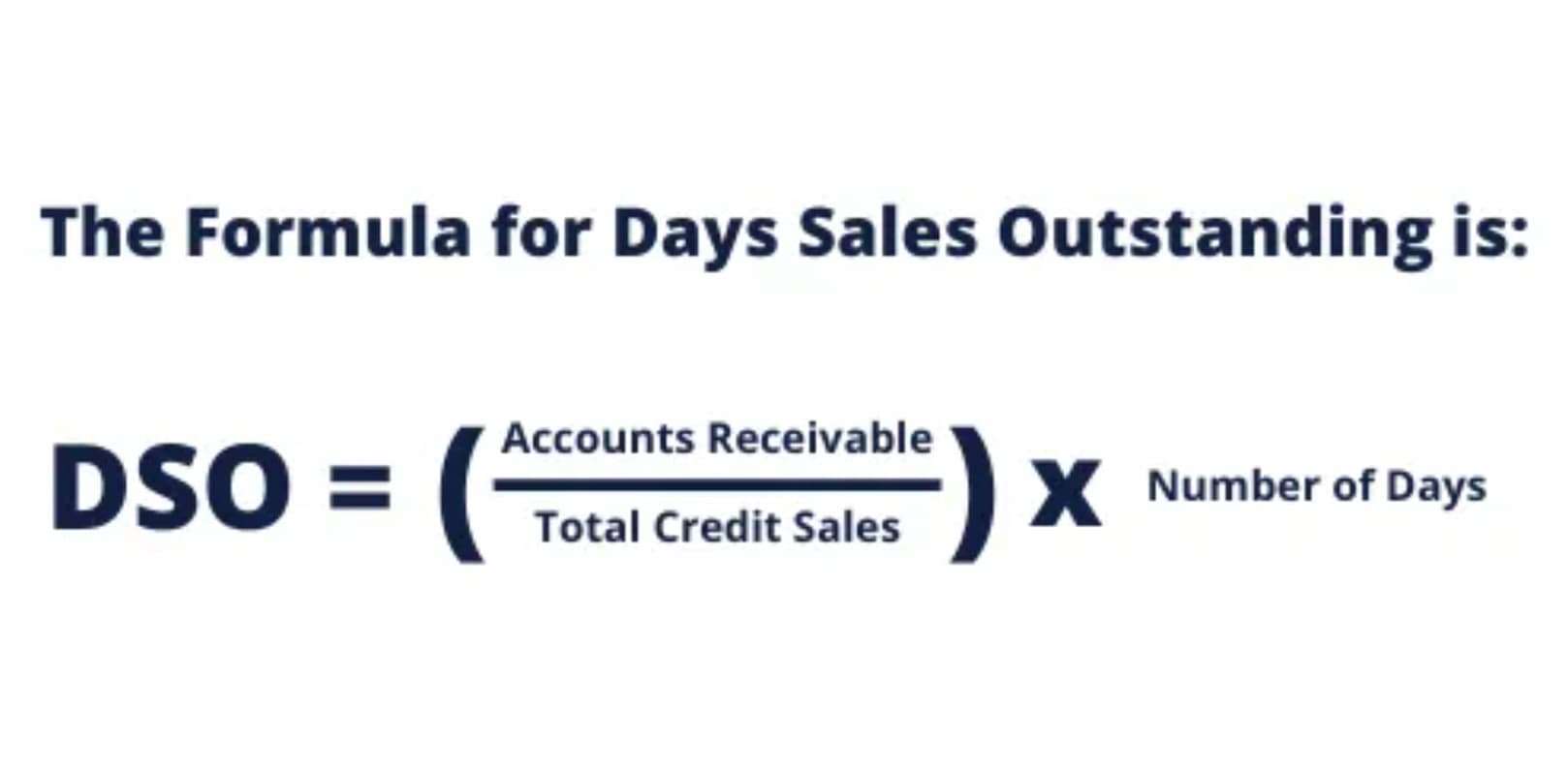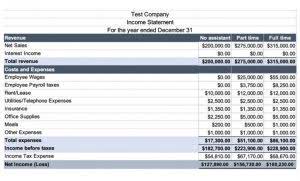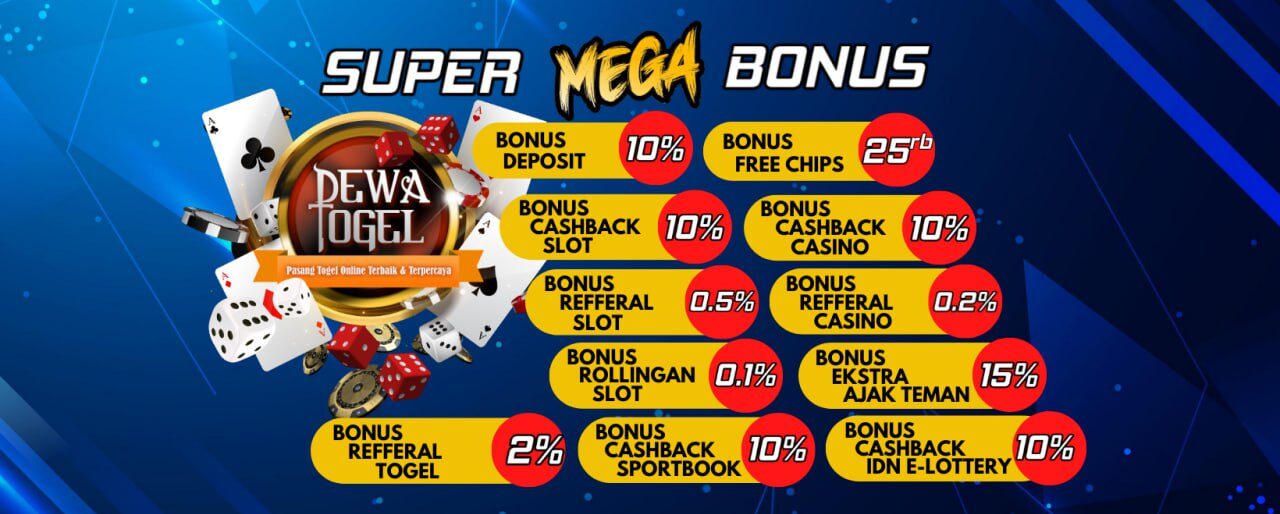
Having built and led retail teams, developed profitable assortments, and created operational strategies from the ground up, Andrea brings a results-driven, hands-on approach to retail success. Calculate ending inventory by subtracting the cost of sales from the cost of goods available for sale. Then, you decided to buy 100 more water bottles which cost you $12 each, totaling up to $1,200. https://www.bookstime.com/ With the LIFO method, the cost of goods sold would be $90 since the last 20 basketballs you purchased cost $6 dollars each. Your inventory value would then be $180 since you have five basketballs left purchased for $6 each and 30 left for $5 each. Therefore, you should equip your business with a POS (point of sale) and retail management system with strong reporting and analytics capabilities.
- However, it is essential to note that this method provides an estimated value and should be supplemented with a physical count of inventory every once to provide accurate results.
- Then, you must identify the cost of inventory at the beginning of the time period and the cost of any additional inventory purchases made during the course of that time period.
- As well as managerial accounting which helps you understand your business’s operations.
- On the other hand, if you own a car dealership, you can easily keep records of how many of your 2018 Toyota Corollas you’ve sold by taking a physical count of inventory.
- “All methods will experience the impact of tariffs, but cost accounting will more precisely reflect the effect at the item level compared to the retail method,” he said.
Methods to account for inventory costs
- Moreover, because the retail method is an estimation (not an exact calculation), it’s not always the most accurate accounting method.
- This departmentalized approach allows for more granular insights into inventory levels and profitability.
- Each of these numbers and percentages are used in conjunction with one another to determine ending inventory value.
- For example, if the total cost of goods available for sale is $60,000 and the retail value is $100,000, the cost-to-retail ratio would be 60%.
- Plus, you can save quite a bit of money when your team isn’t working days on end trying to generate a physical inventory count.
However, during periods of significant price changes, markdowns, or clearance sales, this assumption may not hold true. For example, if you have a major clearance sale where you mark down prices by 50%, your cost-to-retail ratio for that period will be distorted, potentially leading to inaccurate inventory valuations. To calculate ending inventory using the retail method, subtract the total sales at retail price and the cost of goods sold at retail price from the beginning inventory at retail price. The weighted average cost (WAC) method uses the weighted average cost of items in inventory to calculate their value.

Cost of sales

Now you need to calculate how much you spent buying additional inventory during Q1. According to inventory reports, in January, you purchased an additional $500 in jeans, then spent $250 on jeans in February, and another $500 on jeans in March. By adding these purchases together, you learn that the value of your newly purchased inventory is $1,250. As the value of your inventory decreases, you’ll know that you’re getting closer to yourreorder point. It’s a versatile tool that simplifies the process of appraising inventory while providing valuable insights into the current state of your stock. PwC refers gross vs net to the US member firm or one of its subsidiaries or affiliates, and may sometimes refer to the PwC network.
Frequent inventory assessments 🔗

With integrated point-of-sale systems, businesses can update their records in real time, allowing for more accurate and timely inventory estimates. These technological solutions reduce human error and improve the reliability of the retail method. Automation also simplifies the process of generating inventory reports, reducing the administrative burden on staff and freeing up time for strategic tasks such as forecasting and planning. For tax reporting purposes, the Internal Revenue Service allows retail businesses to choose between the retail method and the direct cost method.
The FIFO method for calculating inventory value involves dividing the COGS for the items that were purchased first by the number of units purchased. The most accurate way to find out how much your inventory is worth is to do a manual count. While the retail method to inventory valuation is a good shortcut when you’re in a pinch, it can’t replace physical inventory counting. As noted, the retail inventory method only provides an approximate value for your inventory. It doesn’t account for items that can’t be sold because they’ve been lost, stolen or damaged, so your actual inventory value will probably be less than this estimated value.
The retail inventory method is a generally accepted accounting principle that provides an educated estimate as to how much stock remains within a specific accounting period. Some businesses find the retail inventory method to be a helpful resource while they have goods in transit or when they’re working within a time constraint (and are unable to perform precise counts). Though this method has its advantages, there are notable limitations to what it can achieve, as well — which is why so many retailers have gone in search of alternative solutions.
- To get the most accurate results from RMI, consider these implementation strategies that can improve the method’s effectiveness.
- If a company’s products generally have the same margins, the conventional retail method may be a better choice.
- One of the most substantial drawbacks of the retail inventory method is that the numbers are just estimates, nothing more.
- The best way of making sure you don’t run out of products or lose any money is by mastering the retail inventory method.
- The FIFO method for calculating inventory value involves dividing the COGS for the items that were purchased first by the number of units purchased.
A Complete Guide to the Retail Inventory Method (RIM)

The retail method simplifies inventory management by eliminating the need for physical counting of the stock, which can be time-consuming and tedious. While the objective of stock-keeping can be achieved through this method, periodic physical evaluation can be supplemental to ensure accuracy and responsiveness. The retail inventory method calculates the ending inventory value by totaling the value of goods that are available for sale, which includes beginning inventory and any new purchases of inventory.
- Instead, purchases of merchandise are recorded in the general ledger account Purchases.
- Moreover, our software enables you to create customizable menus for ordering.
- It offers an efficient means of maintaining accurate financial records, helping business owners and managers make informed decisions about pricing, purchasing, and sales strategies.
- This comprehensive guide helps you delve into its basics, explore diverse types like conventional, average cost, and LIFO methods.
- This includes your beginning inventory at retail prices plus any new purchases at retail prices, adjusted for any markups or markdowns you’ve made.
- Use our straight-forward inventory management template to streamline inventory tracking, saving you hours of time.
Since the calculations rely on the original markup percentage, as you sell more inventory at discounted prices, your estimates become less accurate. Managing inventory is one of the most important aspects of running any retail business successfully. Employing the right inventory tracking and costing method can make a huge difference in the profitability and efficiency of your store. The RIM is a conventional Retail Inventory Method and an effective retail accounting way for retailers to account for and value their inventory.


Leave a Reply